These three types of wild roses, the China Rose, Beach Rose and Multiflora Rose, are native to Asia but have been cultivated and shared around the globe by rose enthusiasts. These three wild roses however, often get confused, either by their similar appearance, hybridisation, or common name. These wild roses may belong to the same family and order but the China rose (r.chinensis), the beach rose (r. rugosa) and the multiflora rose (r. mulitflora) do have stark differences once you get to know them. Give Gift Boutique Hong Kong Florist has the low down on these beautiful Asian blooms.
Related: What Types of Roses do Florists Use?
China Rose (R. Chinensis)
This exquisite rose is most commonly known as the China or Chinese rose. It is native to southwest China in Guizhou, Hubei, and Sichuan Provinces. This rose comes in three varieties, one wild and two that are cultivated; R. chinensis var. spontanea, native to Guizhou, Hubei, and Sichuan, with red/pink petals, R. chinensis var. chinensis, originated in cultivation with red petals, and R. chinensis var. semperflorens, originated in cultivation with dark red or purple petals. The flowers grow in bunches and are rarely solitary. The China rose generally grows from April to about September in its native environment.
The China rose is highly cultivated so it’s hard to tell the difference between it and a wild one. If this flower looks highly familiar to you, it’s because it is. Many varieties of garden roses have been bred from the China rose.
While the China rose is an ornamental flower its flower buds and flowers are often brewed and eaten and its rosehips are coveted for its seed.
Beach Rose (R. Rugosa)
Native to eastern Asia, such as northeastern China, Japan, Korea and southeastern Siberia this lively wild rose prefers a unique habitat by growing on beach coasts and sand dunes. The Latin word rugosa means ‘wrinkled’, which when you look at the beach rose’s petals is easy to see how it got this name. The beach rose is also sometimes known at the Japanese rose, which is not to be confused with the multiflora rose that is also called the Japanese rose. So keep an eye on the petals and the area its growing in to help differentiate between the two!
The beach rose blooms in bunches in the spring with its petals ranging in colour from dark pink to white while also having a very pleasant smell. The leaves also typically turn bright yellow before falling in autumn. The hips of the beach rose are edible and actually look similar to cherry tomato in colour and size.
The beach rose is an ornamental plant with the flowers traditionally used to make flower jam and dessert in China. They’re also popular flowers for potpourri. Within Chinese medicine, its used to treat irregular menstruation and gastritis. But that’s not all, as the beach rose is extremely tolerant of seaside sprays and storms it’s often used in landscaping for its toughness and for its salt toughness. The beach rose has been planted beside roads in some parts of Europe as décor and windbreakers near roads that are regularly de-iced with salt.
Gardeners also love this rose because it’s highly resistant to disease and is great at controlling erosion. Additionally, the beach rose hybrids easily and readily with other species of roses making it valued further by rose breeders.
While the beach rose is naturalised and well-established flower in Europe, it is however, considered invasive in some parts due to its virility and hardiness.
Related: Rose Guide: 10 Rose Colours and Their Meanings
Multiflora Rose (R. multiflora)
The multiflora rose is native wild rose to eastern Asia, in China, Japan and Korea. This multibloom rose is often confused with the beach rose despite the differences in habitat or for garden roses as a some varieties of garden roses that have derived from hybrids of the multiflora rose.
There are two varieties of the multiflora rose the rosa multiflora var. multiflora that produces white flowers, and the rosa multiflora var. cathayensis that produces pink flowers. The flowers can be seen in the early summer. The hips of the plant are edible.
Related: Spring Flowers to Brighten Any Space
While the multiflora rose is an ornamental plant, it is unfortunately considered and invasive species in North America, and occasionally as a noxious weed, though it was introduced from Asia to initially help as a soil conservation measure and to attract wildlife. While North American has its own variety of wild roses, the multiflora rose differs from them in that the flowers and hips grow in large and unique clusters. More than a dozen can grown on one branch while the native wild roses only grow a few.
This is a Hong Kong GGB original 'The China, Beach, and Multiflora Rose; What’s the Difference?' blogpost.






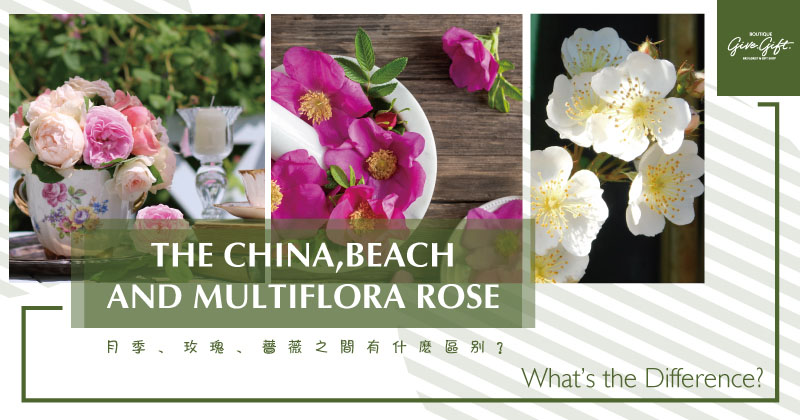
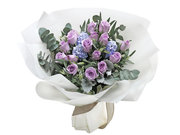
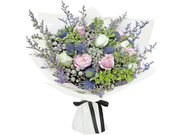

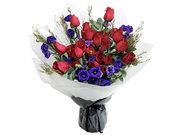


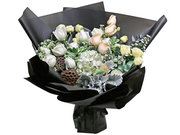


 Share
Share Tweet
Tweet +1
+1  Pin it
Pin it Post
Post  Weibo
Weibo Review
Review




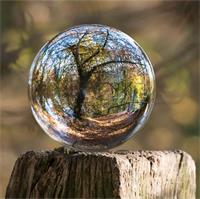

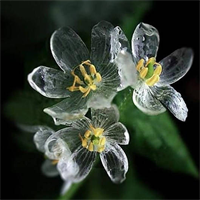
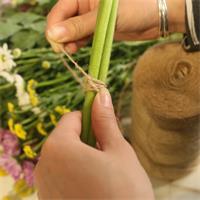











 Diwali Gifts
Diwali Gifts 
 ▶
▶